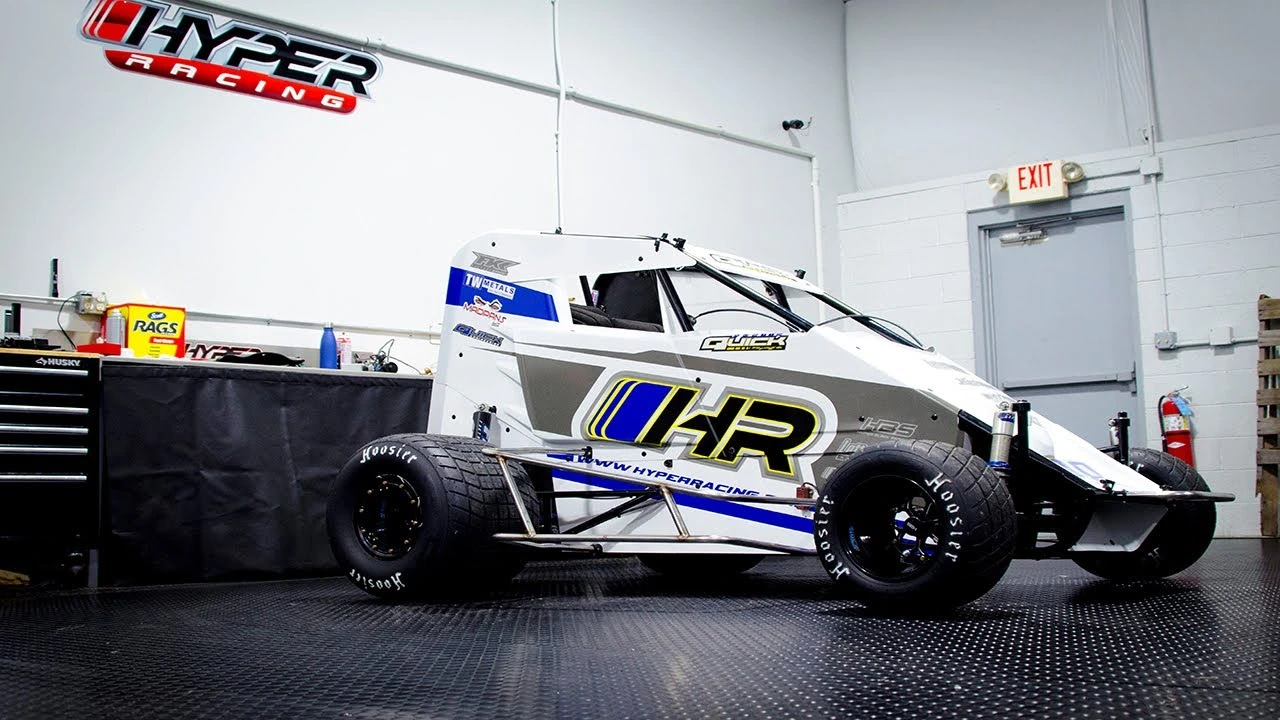Have you ever heard the term sprint ironman and felt a mix of confusion and curiosity? You are not alone. Many people wonder if these two powerhouse names in the triathlon world, “sprint” and “Ironman,” can even exist in the same race. The term itself is a common misnomer, but it points to a growing interest in shorter, more accessible triathlon events. This guide will clear up the confusion, explain what people usually mean by “sprint ironman,” and give you all the details you need to get started.
The reality is, there is no official race called a “sprint ironman.” Ironman is a brand famous for its grueling long-distance races, while a sprint triathlon is a much shorter, distinct race distance. When people search for “sprint ironman,” they are typically looking for information on sprint triathlons, which are a fantastic entry point into the sport. This article will serve as your ultimate resource, covering everything from the exact distances to training tips and what to expect on race day. We will break down the components of a sprint triathlon and compare it to the famous Ironman races to give you a clear picture.
Table of Contents
What Exactly is a Sprint Triathlon?
A sprint triathlon is a short-distance multi-sport event. It’s one of the most popular race formats, especially for beginners. The name is a bit deceiving; while it’s called a “sprint,” it’s still a serious endurance challenge that requires training and dedication. However, the distances make it achievable for people with busy lives who can’t commit to the intense training schedule required for longer races.
A sprint triathlon consists of three continuous and sequential disciplines: swimming, cycling, and running. You start with the swim, transition to the bike, and finish with the run. The clock starts when you begin the swim and stops only when you cross the final finish line. This format tests your ability not just in each sport, but also in managing your energy and transitioning smoothly between them. Many local clubs and race organizers across the United States offer sprint triathlon events, making them highly accessible.
The Origin of the Confusion: Sprint vs. Ironman
The confusion between a sprint and an Ironman is understandable. “Ironman” has become a globally recognized brand, almost synonymous with triathlon itself, much like Kleenex is for tissues. The Ironman brand, owned by the World Triathlon Corporation (WTC), is famous for its long-distance events: the full Ironman and the half-Ironman (also known as Ironman 70.3). These races are known for their extreme distances and difficulty.
A sprint triathlon, on the other hand, is a generic term for a specific, much shorter race distance. It is not an event put on by the Ironman brand. Therefore, an official “Ironman sprint” or “sprint ironman” does not exist. However, the search term shows that many aspiring triathletes are looking for a less intimidating version of the famous race, and the sprint distance is the perfect answer.
Understanding Sprint Ironman Distances
When you sign up for a sprint triathlon, you are committing to a set challenge. While there can be slight variations depending on the race organizer and location, the standard sprint ironman distances are well-defined. Knowing these distances is the first step in creating a solid training plan.

It’s important to remember that these are the standard distances for an ironman sprint-style event, which is properly called a sprint triathlon. The total distance is 16 miles (25.75 kilometers), making it a manageable yet rewarding goal for new and experienced athletes alike.
Breakdown of the Distances
Let’s look at each segment of a sprint triathlon individually. This will help you understand what you need to train for.
- Swim: 750 meters (0.47 miles)
- Bike: 20 kilometers (12.4 miles)
- Run: 5 kilometers (3.1 miles)
For many beginners, the swim is the most intimidating part. A 750-meter swim often takes place in open water, like a lake or ocean, but many beginner-friendly events use a swimming pool. The 20-kilometer bike ride is next, followed by a 5k run—a distance familiar to many recreational runners.
Distance Comparison Table
To put the ironman sprint distances into perspective, let’s compare them to other common triathlon formats, including the famous Ironman races.
| Race Type | Swim Distance | Bike Distance | Run Distance | Total Distance |
|---|---|---|---|---|
| Sprint Triathlon | 750 m (0.47 mi) | 20 km (12.4 mi) | 5 km (3.1 mi) | 25.75 km (16 mi) |
| Olympic Triathlon | 1.5 km (0.93 mi) | 40 km (24.8 mi) | 10 km (6.2 mi) | 51.5 km (32 mi) |
| Half-Ironman (70.3) | 1.9 km (1.2 mi) | 90 km (56 mi) | 21.1 km (13.1 mi) | 113 km (70.3 mi) |
| Full Ironman | 3.8 km (2.4 mi) | 180 km (112 mi) | 42.2 km (26.2 mi) | 226 km (140.6 mi) |
As you can see, a sprint triathlon is significantly shorter than an Ironman. The swim is about one-fifth the distance, the bike ride is less than one-eighth, and the run is just a fraction of a full marathon.
Training for a Sprint Ironman
Training for a sprint triathlon is a rewarding journey. While less demanding than preparing for an Ironman, it still requires a structured plan and consistency. A good plan will help you build endurance, improve your technique in all three disciplines, and get your body ready for race day. Most beginner training plans last between 8 and 12 weeks.
Your training should balance swimming, cycling, and running. It is also crucial to practice transitions, often called the “fourth discipline” of triathlon. Efficient transitions can save you valuable time and energy during the race. Don’t forget to include rest days in your schedule, as recovery is just as important as the workouts themselves. A well-rested body performs better and is less prone to injury.
Essential Swimming Tips
For many newcomers, the swim is the biggest hurdle. If you’re not a confident swimmer, consider taking lessons to improve your form.
- Focus on Technique: A good swimming technique is more important than raw power. Work on your breathing, body position, and stroke efficiency.
- Open Water Practice: If your race is in open water, practice swimming in a lake or ocean. This helps you get used to the conditions, practice sighting (lifting your head to see where you’re going), and feel comfortable without lane lines.
- Consistency is Key: Aim for 2-3 swim sessions per week. Start with shorter distances and gradually build up to 750 meters and beyond.
Cycling for Success
The bike portion is the longest part of a sprint triathlon, so being comfortable on your bike is vital. You don’t need a high-end triathlon bike; a standard road bike or even a hybrid can work for your first race.
- Get a Bike Fit: Ensure your bike is properly fitted to your body. This prevents discomfort and injury and improves your efficiency.
- Build Endurance: Include one long ride in your weekly schedule, gradually increasing the distance to 20-25 kilometers.
- Practice Hills: Even if your race course is flat, training on hills will build strength and power.
Running to the Finish Line
The final leg is the run. The biggest challenge here is running on tired legs after the swim and bike.
- Brick Workouts: The most effective way to prepare for the run is by doing “brick” workouts. These are sessions where you run immediately after a bike ride. For example, a 30-minute bike ride followed by a 15-minute run.
- Pacing Strategy: Don’t start the run too fast. It’s easy to get caught up in the excitement, but it’s better to start at a steady pace and finish strong.
- Vary Your Runs: Include a mix of easy runs, interval training, and longer, slower runs to build both speed and endurance.

Gearing Up for Your Race
Having the right gear can make your training and race day experience much more enjoyable. You don’t need to spend a fortune, but some items are essential.
Must-Have Gear
- Swim: Goggles, swim cap (usually provided by the race), and a swimsuit or tri-suit. A wetsuit may be needed for cold water and can help with buoyancy.
- Bike: A bicycle in good working order, a helmet (mandatory for all races), a water bottle, and a small repair kit.
- Run: A good pair of running shoes and comfortable clothing (if not wearing a tri-suit).
Optional but Helpful Gear
- Tri-Suit: A one-piece outfit designed for all three sports. It’s comfortable for swimming, has a small pad for cycling, and is great for running.
- Race Belt: An elastic belt to hold your race number. It makes it easy to switch your number from your back (for the bike) to your front (for the run).
- Cycling Shoes: These clip into your pedals, allowing for a more efficient and powerful pedal stroke.
What to Expect on Race Day
Race day is the culmination of all your hard work. It’s normal to feel a mix of excitement and nerves. Arrive at the race site early to give yourself plenty of time to set up your transition area, warm up, and get a feel for the environment.
The transition area is where you’ll keep your bike and gear. Organize your equipment neatly so you can find everything quickly. Walk through the transition flow—from the swim entrance to your bike, and from your bike to the run exit—so you know exactly where to go. During the race, stay calm, focus on your own performance, and remember to have fun. Soak in the atmosphere, thank the volunteers, and be proud of what you’re accomplishing.
Finding an Ironman Sprint 2025 Event
If you are looking for an ironman sprint 2025 event, your best bet is to search for “sprint triathlon 2025” in your area. Websites like USA Triathlon’s event calendar, Active.com, and local triathlon club websites are excellent resources. These platforms list hundreds of races across the country, from small, local events to large, well-known competitions.
When choosing a race, consider factors like the location, the date, and the nature of the course. A race with a pool swim and a flat bike and run course is a great choice for a first-timer. Reading race reviews from previous years can also give you valuable insight into the event’s organization and atmosphere. Signing up for an ironman sprint 2025 race is the first step toward an exciting new challenge.
Conclusion of Sprint Ironman Triathlon
While an official sprint ironman race doesn’t exist, the term captures the desire of many to take on the triathlon challenge in a more manageable format. A sprint triathlon offers the perfect opportunity to do just that. It combines swimming, cycling, and running into a fun and achievable endurance event that will push your limits and leave you with an incredible sense of accomplishment.
By understanding the sprint ironman distances, following a consistent training plan, and preparing for race day, you can successfully cross the finish line. The journey to your first triathlon is filled with personal growth, new friendships, and the thrill of pushing your boundaries. Embrace the challenge, enjoy the process, and get ready to call yourself a triathlete.
Frequently Asked Questions about Sprint Ironman Triathlon
Can a beginner do a sprint triathlon?
Absolutely! A sprint triathlon is the perfect distance for a beginner. The distances are manageable, and with a structured 8-12 week training plan, most people with a basic level of fitness can successfully complete the race.
How long does it take to finish a sprint ironman?
Finishing times for a sprint triathlon vary widely. Elite athletes might finish in under an hour. Most age-group participants finish between 1 hour and 30 minutes to 2 hours. A good goal for a first-timer is simply to finish and enjoy the experience.
Do I need an expensive bike for a sprint triathlon?
No, you do not need an expensive, top-of-the-line bike. Any roadworthy bicycle, including a road bike, hybrid, or even a mountain bike (though less efficient), will get you through your first sprint triathlon. The most important thing is that it is safe and fits you properly.
What is the difference between an ironman sprint and a super sprint?
A super sprint triathlon is even shorter than a sprint triathlon. The typical distances for a super sprint are a 400m swim, a 10km bike, and a 2.5km run. It’s an excellent option for those who find the sprint distance a bit too daunting or for experienced athletes looking for a very fast-paced race.
















